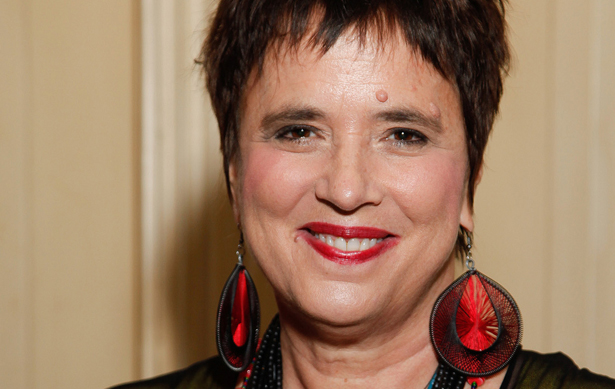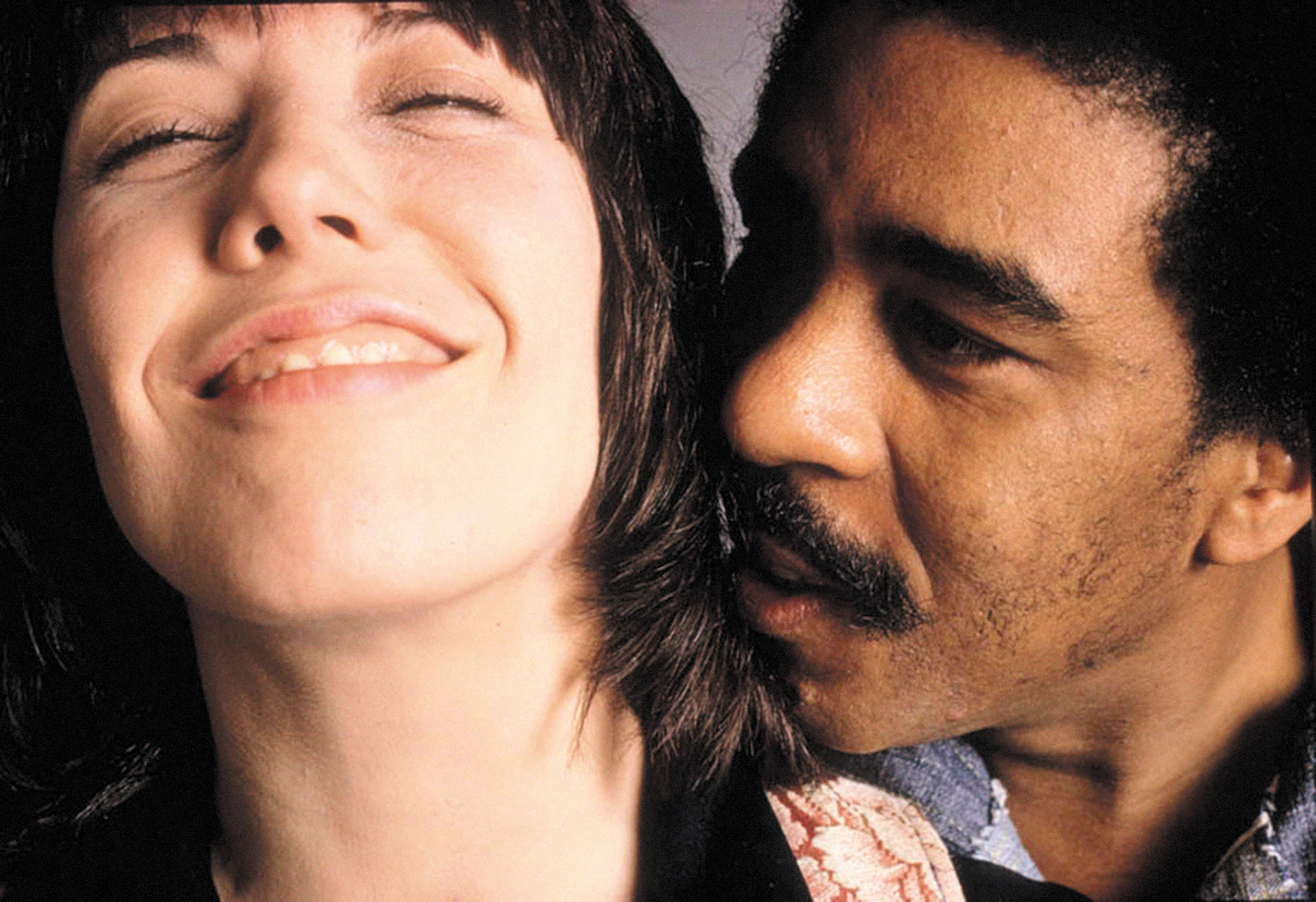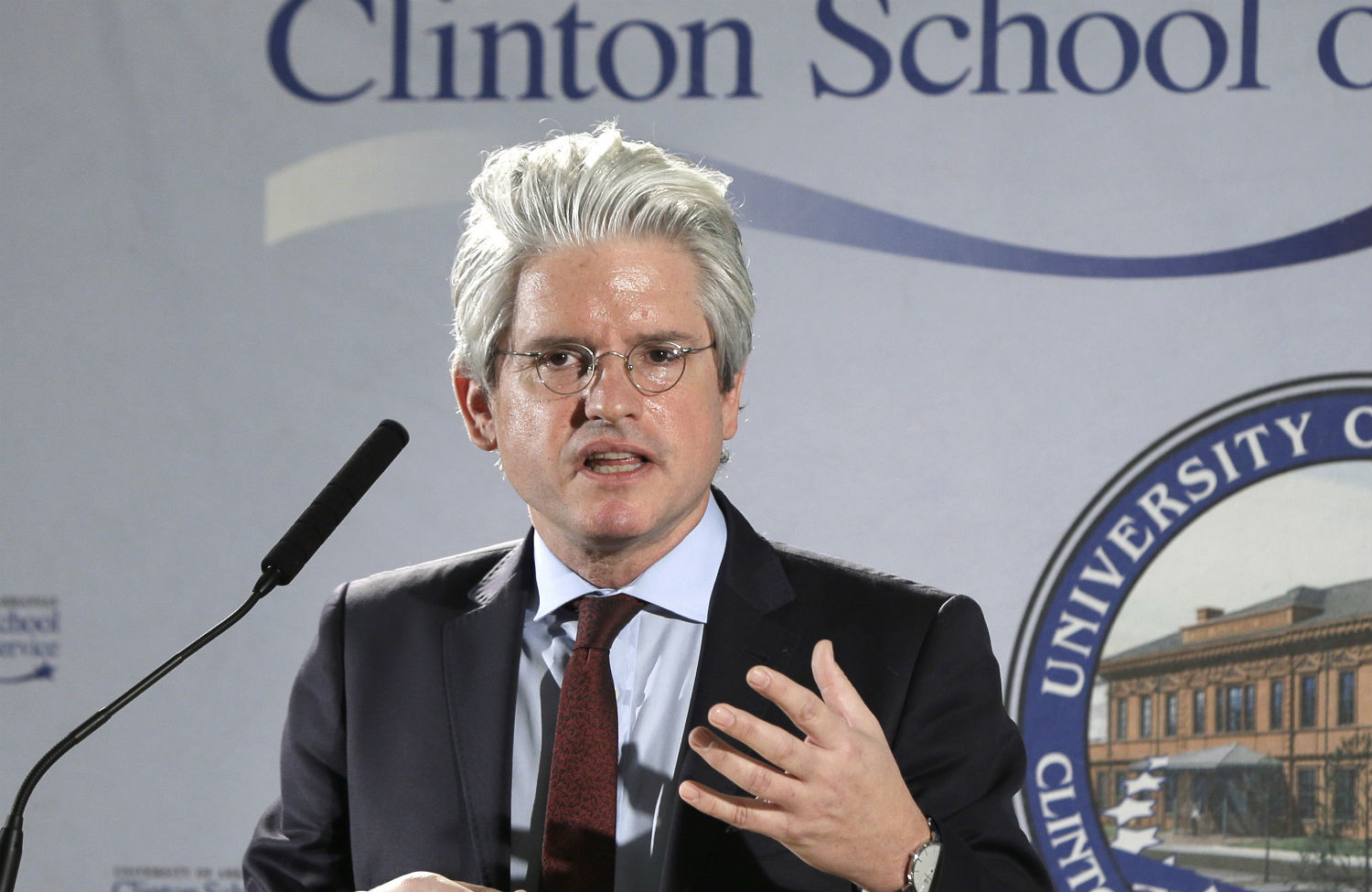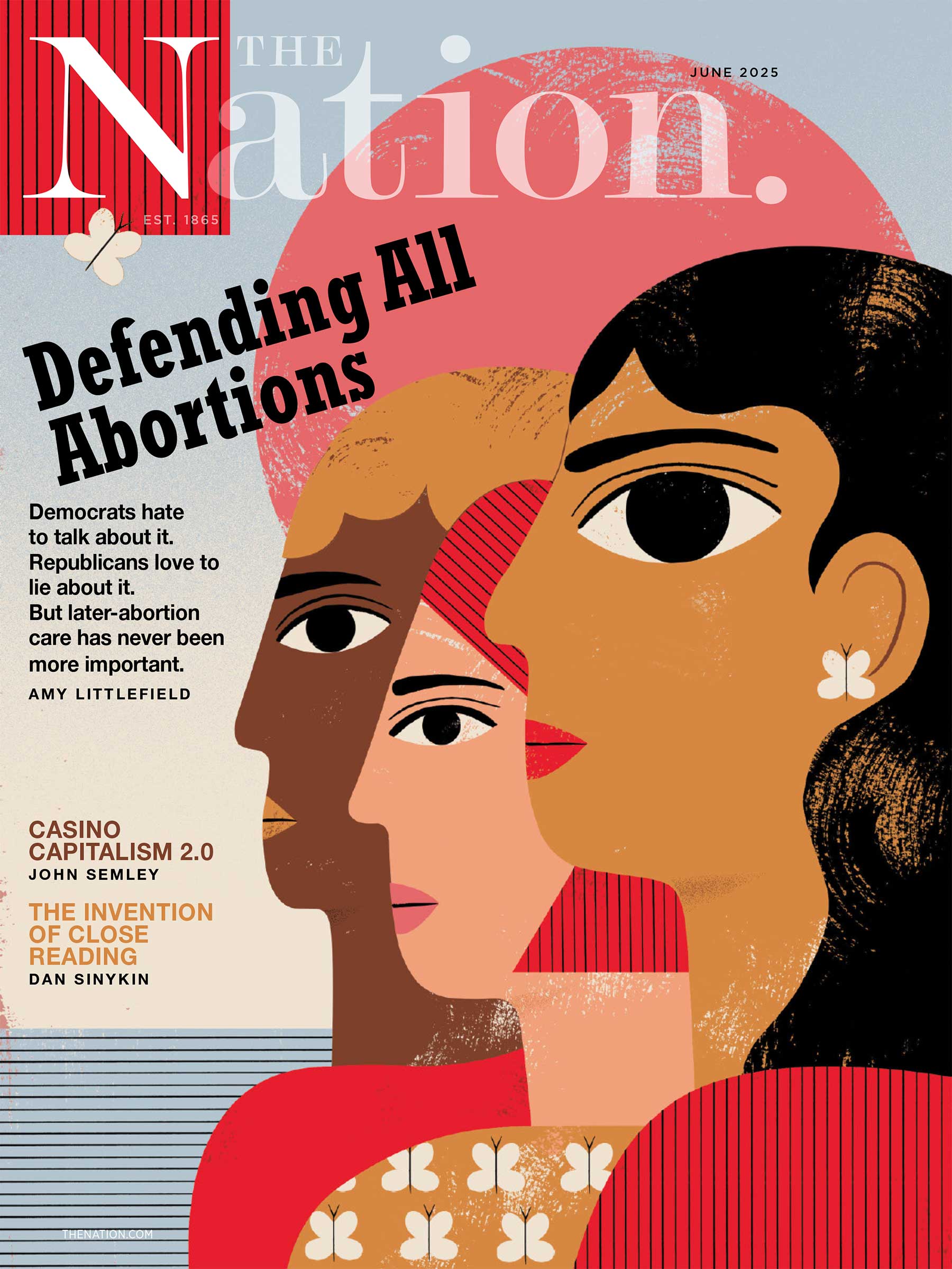Cancel My Cancellation
Please tell me the November 10 issue is not an aberration. From beginning to end, it is the best issue of The Nation I’ve held in my hands. From Broad and Cavanagh on Satyarthi to Schwabsky on Matisse, from Greider’s “Hillary’s Nightmare” to Toumani’s deeply affecting “ ‘With This Madness, What Art Could There Be?’ ” you’ve given me new tools to use, new thoughts to digest. And you’ve brought us all a welcome echo of the late Catherine Breese Davis, whose seemingly fragile poem [“The Summer Leaves”] remains, on its carefully wrought trellis, enduring and strong.
How did you know I was about to cancel my subscription? I won’t now.
Donald M. Patterson
stratford, conn.
Thank you, Meline Toumani and The Nation, for “ ‘With This Madness, What Art Could There Be?’ ” delineating a lifelong process of inhabiting and then moving through and beyond one of the tragic histories of our time into understanding and compassion. Toumani’s faithful struggle may serve as an example for the participants and witnesses in all of the atrocities rampant today. In this global community, all of them are civil wars.
Sharon Rose Smith
amherst, mass.
Our Bodies Are Ours
Katha Pollitt, in “Abortion: No More Apologies” [Nov. 10], articulates a compelling case for asserting that reproductive rights are imperative so that women can gain the social goods of self-determination and equality. We also need to be mindful of two more social positives. First, access to contraception and abortion should be unapologetically a part of population control in a world that cannot continue to expand exponentially. Second, abortion must continue to be an option of fertility control for all women who decide they are unprepared for the responsibilities of motherhood, including those women who conclude that bringing a child into the world would place that child at serious risk of poverty in parenting, mental and physical health, education, and economic and social stability.
Nicholas Fowler, MD
south portland, me.
Fantastic article. Pollitt’s point about privacy is extremely important. Why should anyone tell a woman what she can and cannot do with her own body? Right-to-lifers are no different from the Taliban and other extremists who wish to keep women in their place. I was at university in the late 1960s when I was able to obtain birth control for the first time. It was part of our emancipation that we could control that part of our lives and our bodies. I had hoped our nation would have moved on to where it is totally accepted that it is a woman’s right to choose, nobody else’s. No woman wants an abortion, but it is, sadly, a necessary choice for some.
Melanie Woolfenden
west sussex, uk
We need to put real women—women like my mother—back at the center of the way we talk about abortion. Feminists have lost the “moral high ground” on reproductive rights by becoming ideological and tactical tools for the Democratic Party. There is no reclaiming any moral high ground until feminists and Democrats stop using the issue for one-sided party politics—period (no pun intended). Annette Greco
A woman always faces the risk of death in pregnancy and childbirth and should have the right during any trimester to make her own informed decision about the risk it poses to her life as well as to her physical and mental well-being. It should be her right to life that is predominant during pregnancy.
wildthang
Katha Pollitt’s excellent article about abortion, and her tale of learning about her mother’s abortion, reminded me of my mother’s story. Born in 1907 in upstate New York, my mother was a 21-year-old bride-to-be in 1928. Her older sister had had an abortion, and my mother did not want to go that route. She was a passionate admirer of Margaret Sanger, and although there was no such thing as a birth-control clinic where she lived, sorority sisters told her of a doctor in Ithaca who would provide the newly invented diaphragms for women.
My father dutifully took her to Ithaca and waited outside while she went into the “clinic.” Once she was on the exam table, the doctor unzipped his pants and penetrated her, explaining that this was the only way to measure her for a diaphragm. My mother, who was naïve and also ignorant of the process of getting a diaphragm, was mortified. She only told my dad years later. Complaining to the authorities was out of the question, of course, because birth control was illegal. She was 93 when she shared this story with me. So sad.
Welthy Myers
peru, vt.
This is no longer the time to argue if or why women have the right to reproductive freedom; it is time to work on making sure they can exercise that right. That means we have to stop letting the antiabortion forces lead us around by the nose. We have to—at long last—start being smarter, and dirtier, than they are.
The antiabortion forces claim the moral high ground and say abortion murders children. That may or may not be true, but it’s immaterial. There are countless ways our society murders children: we poison their water, food and air; we send them off to war; we shoot them in the streets; we starve them; we rob them of their dignity; and we let them die by depriving them of safe birth control and medically necessary abortions. Evidently, the antiabortion forces think some murders are OK and others are not. I see no moral high ground in that. But by discussing this in these terms, I have let the antiabortion people set the agenda.
Should we give women permission to have abortions? Hell no! They don’t need our permission—it’s none of our business. Should we continue trying to persuade people of that? Hell no! It hasn’t worked in the past, and it won’t work in the future. Should we work at the local level to chip away at the nice, comfy security of the antiabortion people? Hell yes! It’s damn well time!
Paul A. Alter
pittsburgh
The Dish on Satellites
The caption on the photograph above Stuart Klawans’s “What Are Movies Good For?” [Nov. 10] misidentifies “GCHQ satellites in Bude, England….” The picture shows antennas, with reflectors behind them, which allow radio frequency communication with satellites (devices in orbit around the earth). The antennas are often called satellite dishes. The Nation loves words. Please use them correctly.
Nicola Nelson
n. salt lake, utah Read More
Our Readers



















